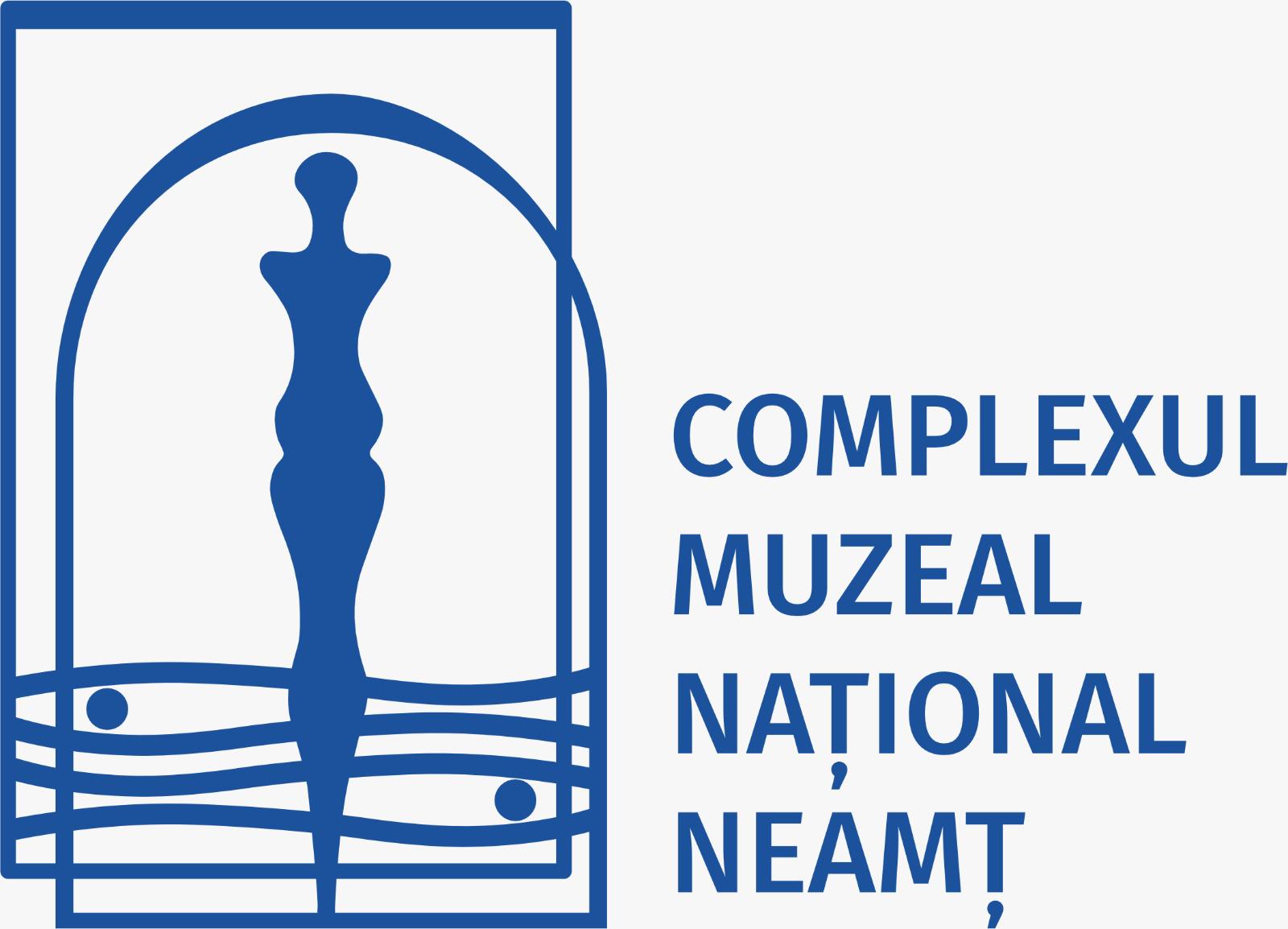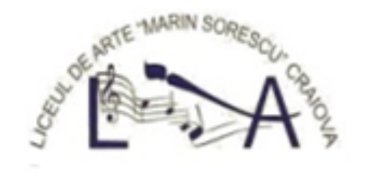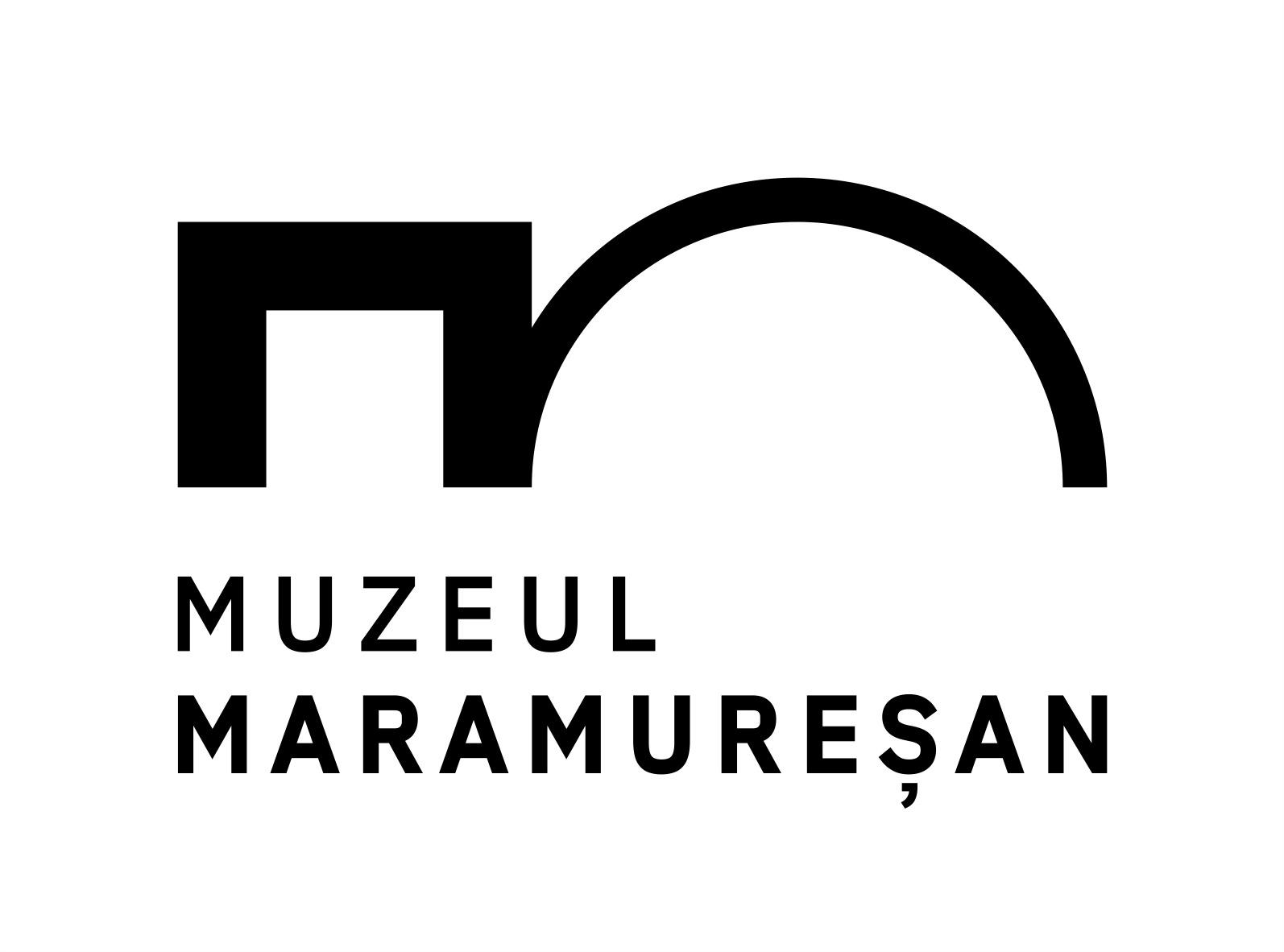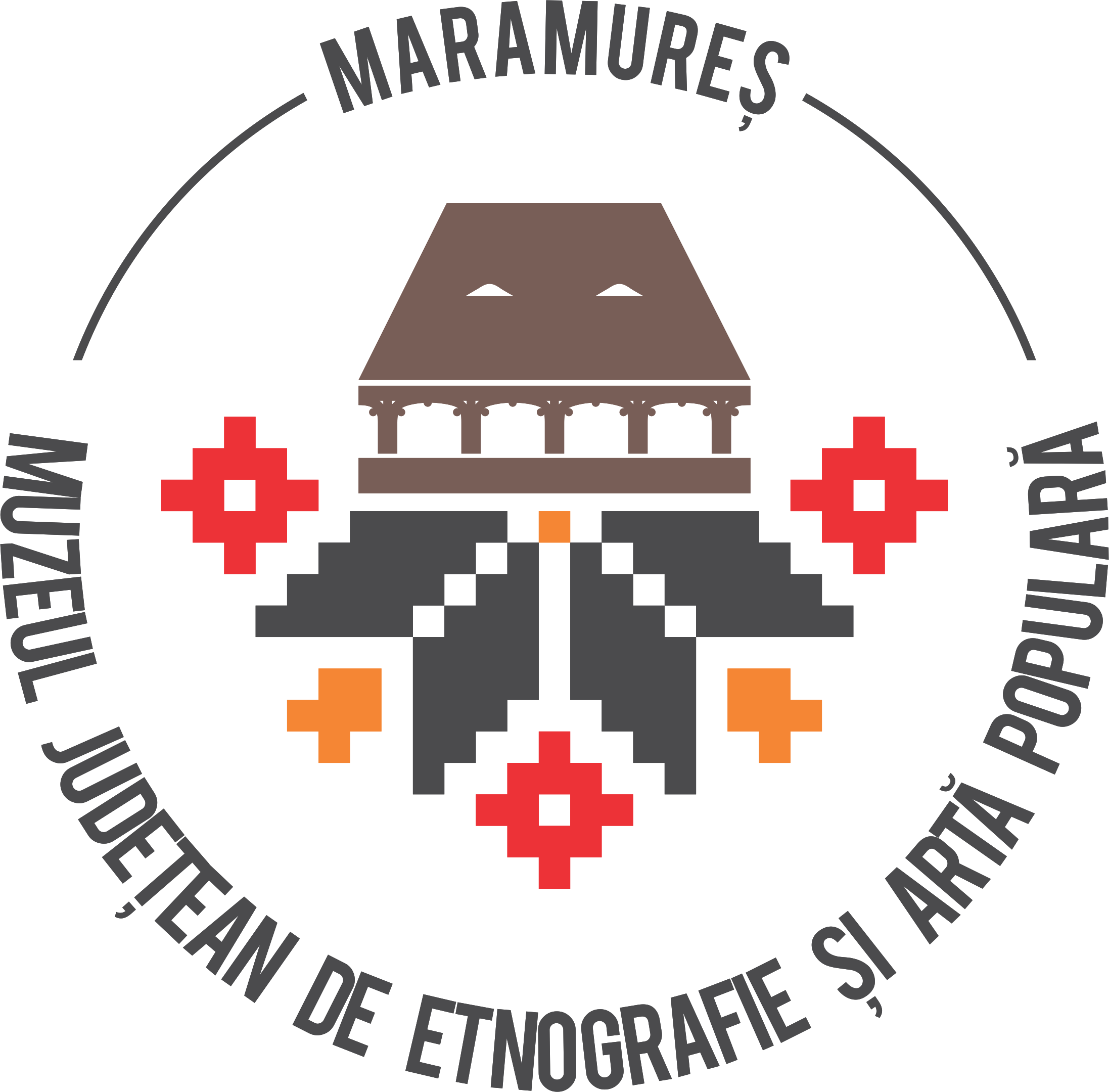
Traditional Wall-carpet Craftsmanship in Romania and the Republic of Moldova
The exhibition „Traditional Wall-Carpet Craftsmanship in Romania and the Republic of Moldova” showcases an element of intangible cultural heritage that was inscribed in 2016 on the Representative List of the Intangible Cultural Heritage of Humanity by UNESCO. This craft has deep roots in Romania, both historically and today, with wide representation across the country. Each year, the traditional craftsmanship of wall carpets is verified, monitored, and documented in villages, culminating in reports aimed at preserving the integrity of this tradition. Skilled artisans continue to produce traditional carpets throughout Romania, demonstrating the enduring nature of these techniques, which have been passed down and adapted over millennia in line with local customs. The purpose of this exhibition is to showcase how traditional carpets are still being crafted using age-old methods, even though modern times have shifted their role from utilitarian items to primarily decorative ones. Historically, these woven “barks” (from the Latin “scorta,” meaning tree bark) were used to line the walls of homes for thermal insulation. Over time, however, their function evolved, becoming ornamental objects that enhance the beauty of interiors while maintaining a connection to their ritualistic roles within traditional communities. Differences in weaving techniques, decoration styles, and dimensions can be observed across various ethnographic regions, depending on the intended purpose of each piece—whether decorative, ritualistic, or functional. Each item displayed reflects a piece of history, offering a glimpse into the past and serving as a testament to the ongoing tradition of craftsmanship in this region. The exhibition presents these artifacts alongside images, written information, and documentary films that not only highlight the techniques used by contemporary artisans but also provide insights into their cultural significance. Specialists involved in this project are part of teams that monitor these UNESCO-listed traditions, compiling annual reports to ensure that the work of today’s craftsmen adheres to the long-standing customs of the past
Text as provided by the organiser(s).





